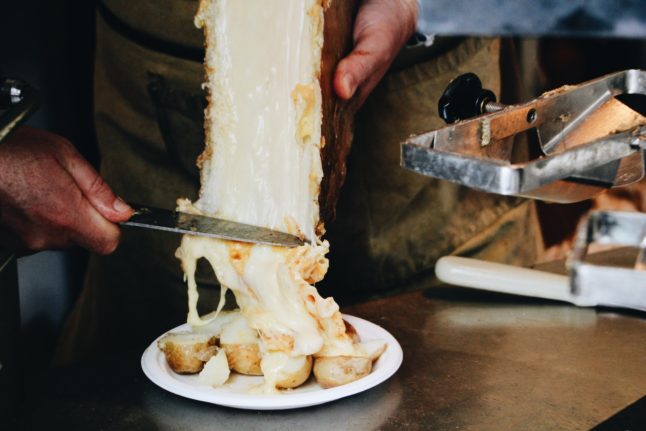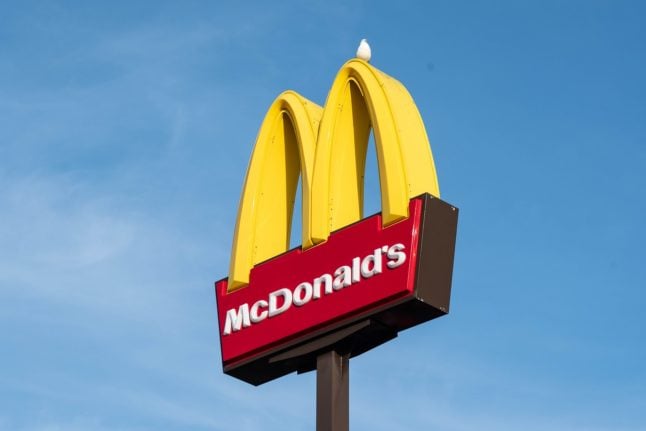What is it?
Raclette is a dish that traditionally involves melting cheese and pouring it over potatoes. The cheese originates from the Valais canton of Switzerland. The Swiss favourite is also popular in France and other Alpine regions.
What’s the history behind it?
Good question. According to legend, a winegrower called Léon invented raclette.
“On a cold day, he warmed up a piece of cheese over an open log fire, rather than eating it raw, and this quintessential Valais delicacy was born,” says the Valais tourist board.
According to experts, cheese in Valais dates back to the 4th century BC. Alpine cheese was famous during the Roman period and later on, it was often used as a means of payment, in lieu of wages to workers or as an export product. Cheese melting has been evident in Valais as far back as the year 1574.
The term ‘raclette‘ comes from the local French dialect (racler means to scrape), and it became the official name for this cheese in 1874.
“To this day, Valais cheese makers follow a recipe which has been passed down for generations, taking raw milk and making into the best and most authentic product which Valais has to offer: Raclette du Valais AOP,” says the region.
When should I eat it?
The dish is usually enjoyed in winter when the temperatures outside are lower and mounds of melted cheese is exactly what you need to keep warm and full.
For this reason, it’s also a popular après ski dish and will definitely help you replace those calories after a long day on the slopes.
What should I eat it with?
The cheese can be eaten sliced as part of a spread (known as an “Assiette valaisanne” or “Valais platter”.
But it is most famous for being enjoyed melted. It’s usually accompanied by boiled potatoes, onions and pickled gherkins, although meat and other vegetables are often added.
According to the Valais tourist board “purists prefer the wheel of cheese to be heated by a wood fire, but raclette grills for half-wheels of cheese and electric raclette grills (also called “raclonettes”) allow devotees to enjoy the dish at home”.
It is usually accompanied by a crisp glass of white wine.
There is a Swiss belief that you should never drink water with raclette because it will cause the cheese to solidify into a ball in your stomach. But we’ve no idea if this is true or not!
Did you know?
People in the French-speaking region of Valais talk both of “la raclette” and “le raclette”. “La raclette” refers to the dish based on melted cheese; the cheese itself is known as “le raclette”.



 Please whitelist us to continue reading.
Please whitelist us to continue reading.
Member comments